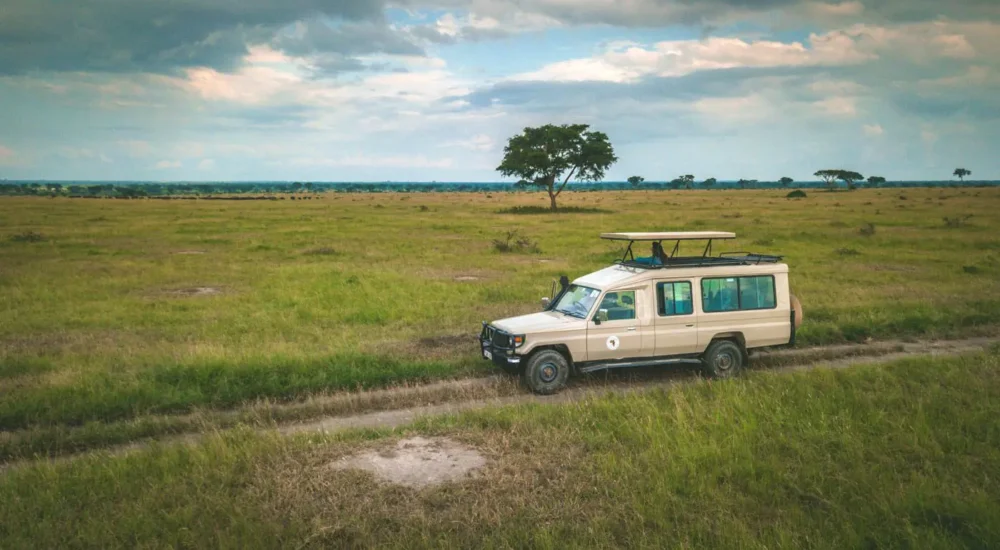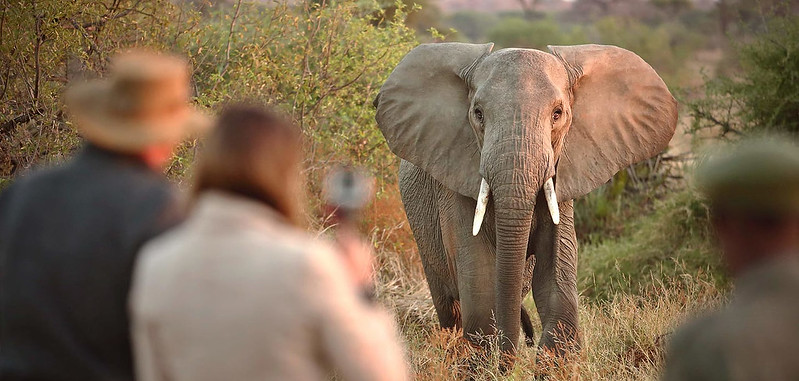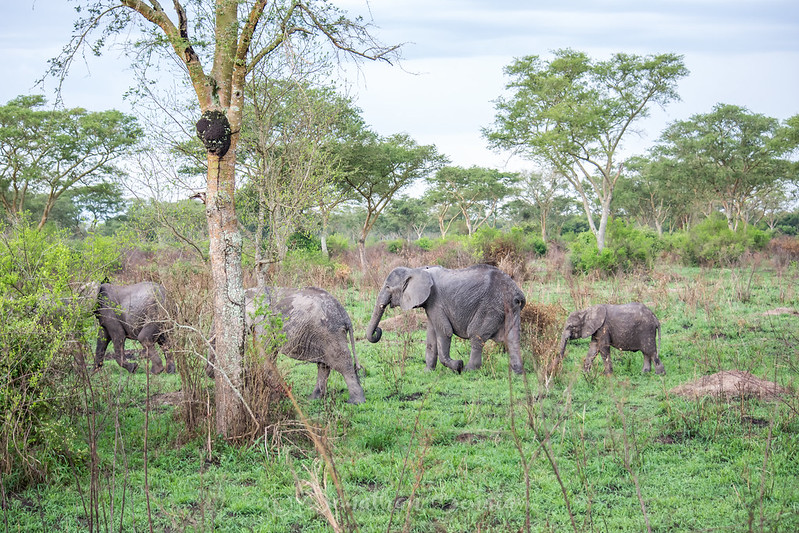Uganda’s Climate: Understanding the Seasons Tropical Climate Overview: Uganda has a tropical climate, characterized by…
Cultural Encounters in Semuliki National Park
Cultural Encounters in Semuliki National Park – Sempaya hot springs.
Meeting the Batwa people who reside surrounding Semuliki Forest is the most fascinating cultural experience inside Semliki National Park. The park is bordered by various tribes, including the Bwamba and Bakonjo.
Before it was gazetted as a forest reserve in 1932 and later designated as a National Park in 1993, the Semliki Forest provided these hunter-gatherers with food, shelter, fuel, and medicine. Their traditional way of life in the forest has been displaced by the rise of tourism; nonetheless, they continue to preserve and showcase their old traditions via performances of dance, music, and theater.
Going on a cultural immersion tour with the Bambuti pygmies is another exciting experience. These people live along the Semuliki River and are related to the Basu pygmies in the Democratic Republic of the Congo. However, there are others who think they are related to the Batwa people in the areas surrounding Mgahinga Gorilla National Park and Bwindi Impenetrable National Park.
Even fewer in number than the Batwa Pygmies, this tribe is known for its unique customs, which include the cultivation and use of marijuana. Like the Batwa Pygmies, the Bambuti Pygmies were hunter-gatherers who were forcibly removed from their traditional habitats.
Semuliki National Park offers a variety of other activities.
Bird watching
In Semuliki National Park, visitors may see a wide variety of intriguing woodland and swamp birds. The Swamp Palm Bulbul and the rare shoebill stork are two of the most prominent bird species in this park, and you may find them mostly around Lake Albert.
![]()
Black dwarf hornbills, African piculets, chestnut-breasted negrofinch, blue-billed malimbe, maxwell’s black weaver, and lemon-bellied crombec are among the others. Red-bellied Malimbe, Nkulengu Rail, White-crested Hornbill, Black-casqued Wattled Hornbill, Piping hornbill, Leaf-love, Crested Malimbe, the Ross’ Turaco, Orange-cheeked Waxbill, and Yellow-throated Nicator are some of the birds commonly seen in the Ntandi and Sempaya areas. In addition to the places already listed, the Kirumia River is a great place to go birdwatching.
Enjoying the great outdoors on foot
An additional must-do for visitors to Semuliki National Park is a nature walk, which provides an opportunity to see avian and butterfly species not seen on game drives. Primates, hippos, crocodiles, birds, and butterflies are just some of the creatures that visitors may see during nature excursions in this park.
The 9-kilometer Sempaya Nature trail, the 11-kilometer Red-monkey track that runs along the park’s eastern edge, and the 13-kilometer Kirumia Hiking trail that goes through the forest’s heart and ends at the Semuliki River are the three primary hiking routes in the park.
See the Sempaya hot springs at your leisure
This is the park’s most popular attraction, and each visitor to Semuliki National Park should make time to partake. Two hot springs can be found here: Bitende, a male spring with a diameter of about 12 meters, and Nyasimbi, a female spring that is a boiling geyser that shoots steam and hot water 2 meters into the air.
Boiling water at 100 degrees Celsius may be achieved in about 5 to 10 minutes, and the same goes for eggs. Tourists are more interested in the cultural and mythological tales that surround the feature than in its scientific development. You may learn fascinating things about the local culture by visiting these hot springs; the area is also home to a variety of animals, including primates and birds.
What is the optimal time to visit Seliki National Park?
Semuliki National Park is at its most beautiful during the dry season. December–February and June–August are the two dry seasons. The woodland routes become impassable due to flooding during the wet season (March–May and September–November). The semuliki woodland is, as you would expect, marshy.


